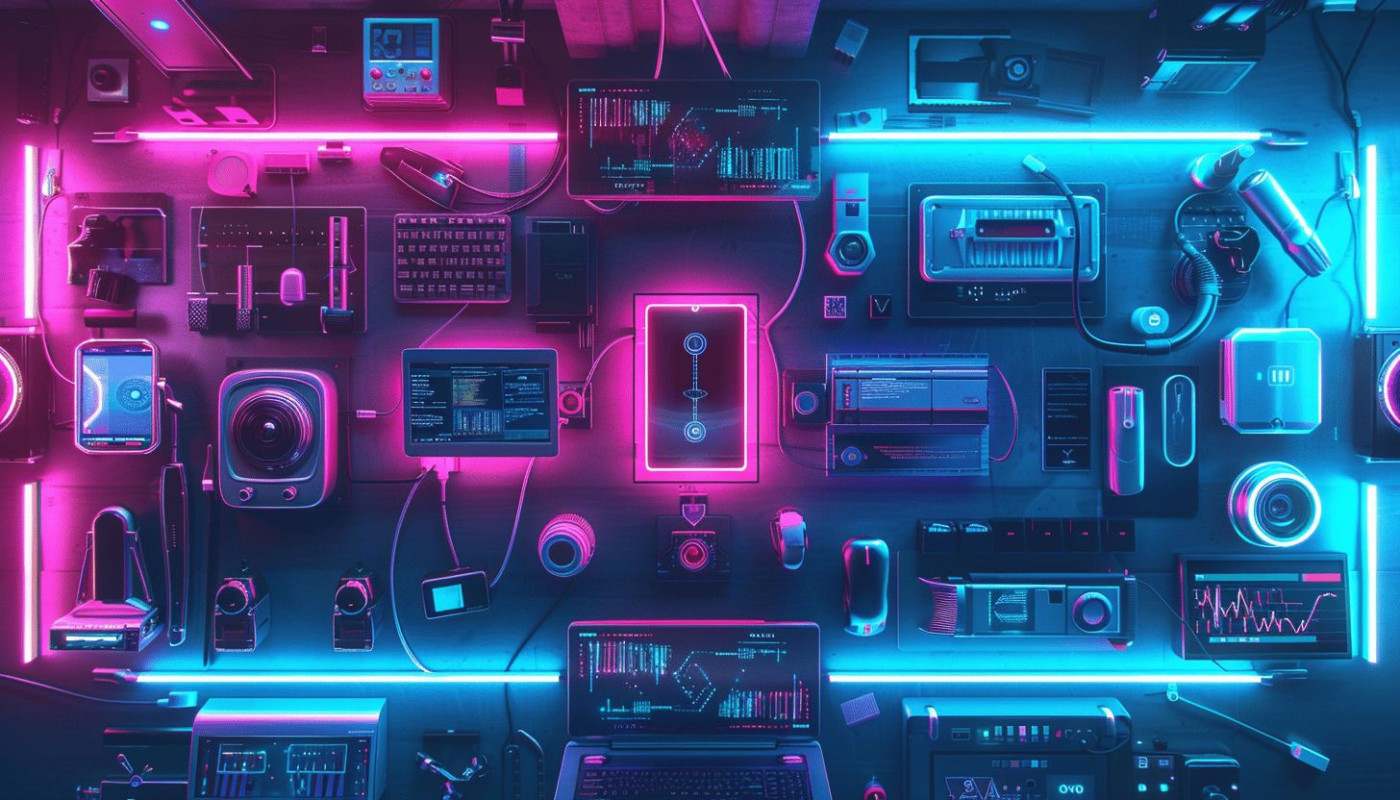Table of contents
The landscape of digital product design is an ever-evolving realm, with innovators constantly pushing the boundaries of user experience, aesthetics, and functionality. Staying abreast of these advances is vital for anyone looking to make their mark in the digital world. This exploration will delve into the cutting-edge trends shaping contemporary digital product designs, offering insights that could transform your approach to creating engaging and effective digital experiences. Let's embark on a journey to uncover the trends that are defining the future of digital design.
Minimalism and Clean Aesthetics
Recent shifts in digital product design have seen a pronounced lean towards minimalism, a style characterized by its digital simplicity and clean aesthetics. In pursuit of creating an optimal user experience, designers are streamlining interfaces, eliminating any elements that are not absolutely necessary. This approach not only brings visual clarity but also enhances usability—allowing users to navigate and interact more intuitively with the digital environment. The strategic use of 'white space', a technical term revered by senior UX/UI designers, plays a fundamental role in this minimalist movement. By incorporating ample 'white space', designers are able to reduce cognitive load and guide users' attention to focal points of interaction. This attention to minimalistic design principles is not just about aesthetic pleasure; it is a thoughtful consideration of how users engage with digital products, ensuring satisfaction through a seamless and refined user journey.
Embracing Dark Mode
In recent years, dark mode has surged in popularity across various digital product designs, as user interface specialists and consumers alike recognize its manifold advantages. One of the primary appeals of dark mode, also referred to as night mode, is the significant reduction in eye strain it offers. The lower brightness levels and subdued color schemes are gentler on the eyes, especially in low-light environments or during prolonged use, mitigating the discomfort that can accompany glaring white backgrounds. Concurrently, utilizing dark mode can lead to battery saving, particularly on devices with OLED or AMOLED screens where true blacks can turn off individual pixels, hence conserving power.
Design trends are increasingly accommodating this shift in preference, with designers deliberately integrating dark mode options into their products. They achieve this by focusing on contrast ratio—the relationship between the lightest and darkest elements on the screen, which is a key factor in ensuring that readability and accessibility are not compromised when switching from traditional light themes. By doing so, they cater to a growing audience that values both the aesthetic appeal and practical benefits of dark mode. A product manager with expertise in user preferences and energy efficiency in digital products could further elaborate on how these themes yield a user-centric approach, optimizing the experience through the strategic use of contrast ratio and other design elements.
Advanced Personalization Techniques
The ascent of personalization in digital product design marks a transformative era where user engagement and satisfaction take center stage. In recent years, the integration of data analysis and artificial intelligence (AI) has empowered designers to offer unprecedented customization options. By leveraging machine learning algorithms, digital products can now analyze user behavior, preferences, and interactions to craft tailored experiences that resonate on an individual level. This approach not only heightens user satisfaction but also fosters a deeper connection between the user and the product, bolstering retention and brand loyalty. Personalization, user engagement, data analysis, AI customization, and tailored experiences are quintessential SEO keywords that underscore the significance of this trend. To provide a profound understanding of these techniques, a dialogue with a data scientist experienced in machine learning and user analytics is invaluable. Their insights can illuminate the intricacies of personalization, from the collection and interpretation of user data to the real-time adaptive capabilities of AI-driven platforms.
Voice-Activated Interfaces
The realm of digital product design is witnessing a significant shift towards voice-activated interfaces, marking a transformation in user interaction and enhancing accessibility. The implementation of voice technology has provided users with a more intuitive way to interact with their devices, allowing for a hands-free experience that can be particularly beneficial for individuals with physical disabilities or those engaged in tasks that require their visual attention elsewhere. As voice commands become more sophisticated, relying on advancements in natural language processing, the interaction between humans and machines becomes smoother and closer to human-to-human communication.
The implications for design are profound, with a need to integrate voice technology seamlessly into the user experience. A voice user interface designer might emphasize that the success of voice-activated interfaces is deeply rooted in the ability to understand and process human language with precision. It's not just about recognizing words, but also grasping context, intent, and nuances of speech. On a practical level, this could involve designing systems that can adapt to various accents, dialects, and individual speech patterns to ensure inclusivity and accessibility for a broader range of users.
With the rise of voice-activated interfaces, brands are also adapting to meet the evolving expectations of consumers. One such brand that has embraced this trend is "Le Bandit," which could potentially incorporate voice technology to enhance its digital presence. This integration would not only streamline interactions with their online platform but also set a new standard in user experience, inviting users to engage with the brand in a more natural and conversational manner.
Immersive Experiences with AR and VR
Augmented reality (AR) and virtual reality (VR) stand at the forefront of creating captivating immersive experiences in modern digital products. These technologies are rapidly transforming user engagement by offering interactive environments that blend virtual content with the real world. Through AR, users can see the overlay of digital information on their physical surroundings, enhancing their perception and interaction with their environment. VR, on the other hand, transports users into entirely virtual spaces, providing a sense of presence in a digitally fabricated universe.
Such advancements in AR/VR technology are not merely enhancing entertainment; they are shifting how educational content is delivered, how training is conducted in industries, and even how consumers shop. The experiences enabled by AR and VR are diverse, ranging from realistic simulations for professional skill development to engaging storytelling in gaming and media.
For a nuanced exploration of this domain, an interview with an AR/VR developer, well-versed in the intricacies of spatial computing, would provide invaluable insights. Their expertise could shine a light on the evolving landscape of digital product design and the potential of AR and VR to set new benchmarks for how users interact with technology.
On the same subject




















